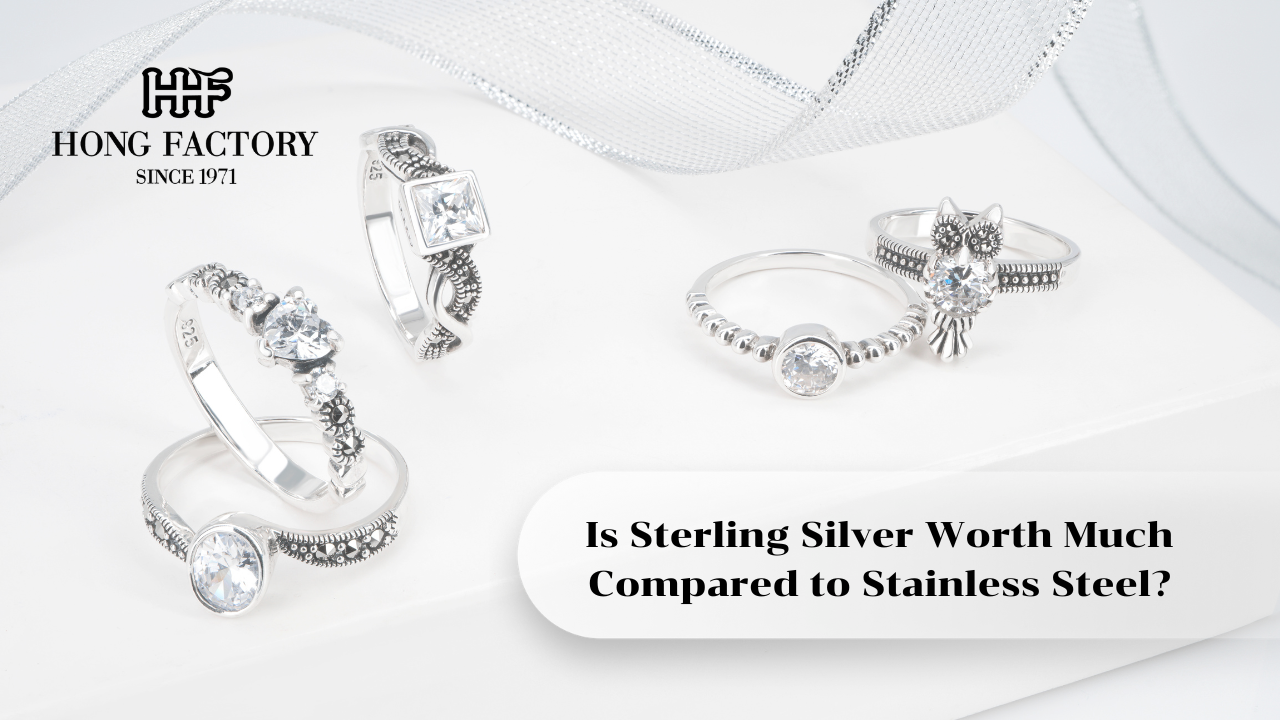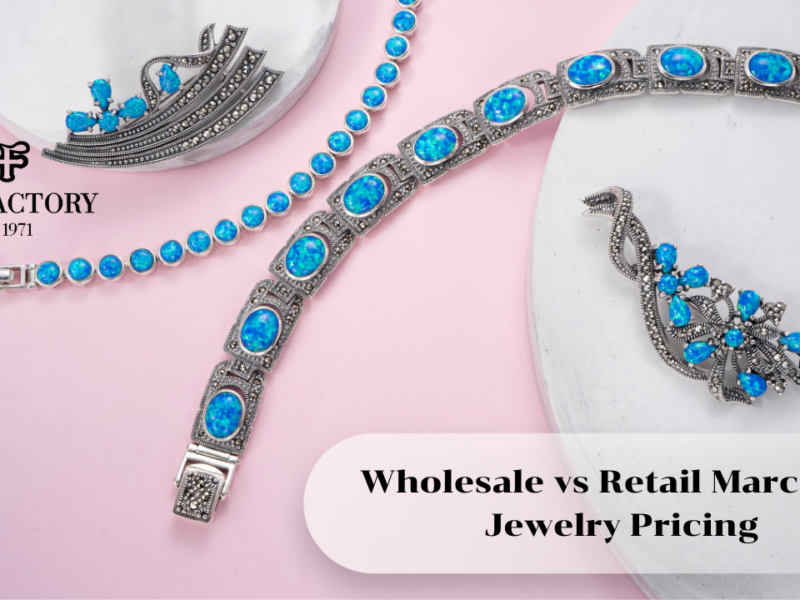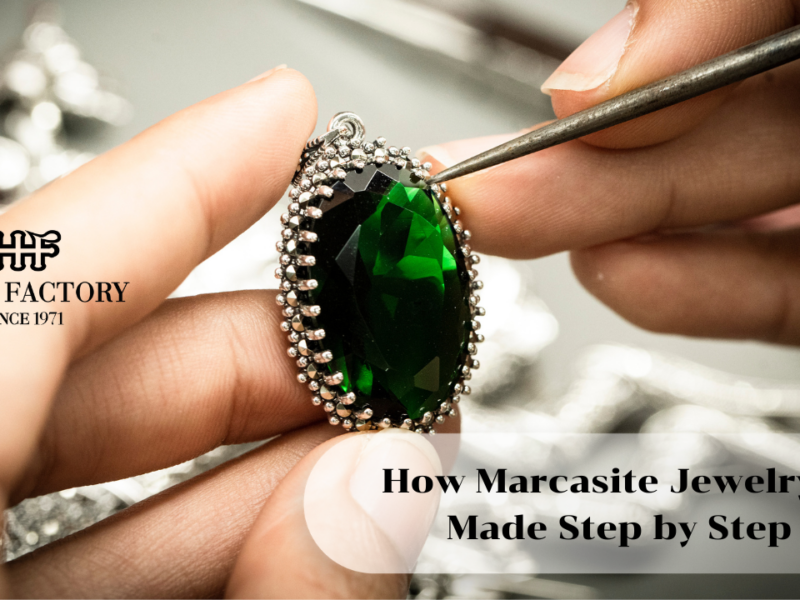When choosing between sterling silver and stainless steel jewelry, many people wonder which is more valuable and worth investing in. While both materials are popular for their beauty and strength, they differ significantly in terms of composition, value, and long-term appeal. Understanding these differences can help buyers make an informed decision when selecting jewelry that fits their style and purpose. Marcasite stone
Is Sterling Silver Worth Much?
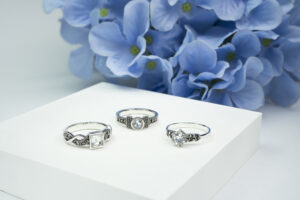
Yes sterling silver is worth much compared to stainless steel, especially when considering its intrinsic metal value, craftsmanship, and long-lasting appeal. Sterling silver is an alloy containing 92.5% pure silver and 7.5% other metals, usually copper. This gives it a luxurious sheen and a higher market value than stainless steel, which is an industrial alloy made primarily from iron, chromium, and nickel.
Unlike stainless steel, which is mass-produced for industrial use, sterling silver is classified as a precious metal. Its rarity and beauty make it more desirable for fine jewelry. It also carries cultural and artistic value, often associated with elegance, tradition, and craftsmanship.
Composition and Material Differences
Sterling silver and stainless steel may look similar at first glance, but their compositions and purposes are distinct. Sterling silver, with its high silver content, is softer and more malleable, making it ideal for intricate jewelry designs. It allows artisans to craft detailed patterns, engravings, and gemstone settings.
Stainless steel, on the other hand, is much harder and more resistant to scratches or tarnish. It is often used in men’s jewelry or minimalist designs that require high durability rather than decorative detail. However, because it lacks intrinsic precious value, stainless steel jewelry is generally less expensive and considered more functional than luxurious.
Aesthetic Appeal and Luxury Perception
Sterling silver’s bright white luster is one of its defining characteristics. Its natural shine gives it a sophisticated look that stainless steel cannot easily replicate. Over time, sterling silver can develop a light patina, adding character and a vintage charm that collectors love.
Stainless steel maintains a more uniform, modern gray tone. While sleek and practical, it lacks the depth and warmth of genuine silver. This is why sterling silver remains a preferred choice for high-end jewelry brands and traditional designs such as rings, earrings, and pendants.
The perception of luxury also plays a major role. Owning sterling silver jewelry carries prestige it’s recognized globally as a valuable metal. Stainless steel, though attractive, is viewed as a utilitarian material rather than a symbol of elegance.
Durability and Maintenance
When it comes to durability, stainless steel outperforms sterling silver. It does not tarnish, rust, or bend easily. For people with active lifestyles or those who prefer low-maintenance jewelry, stainless steel is an excellent choice.
However, sterling silver offers a balance between beauty and practicality. While it can tarnish over time, proper care can restore its original brilliance easily with polishing or cleaning cloths. Many people appreciate the charm of well-worn silver and consider its aging process part of its appeal.
In terms of longevity, both metals can last a lifetime with the right care but sterling silver offers more potential for sentimental and collectible value.
Market Value and Resale Potential
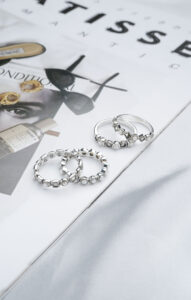
From an investment perspective, sterling silver clearly holds more financial worth. Because it contains real silver, its market value fluctuates with global silver prices. It can be melted down and resold, giving it inherent metal value.
Stainless steel, on the other hand, has little to no resale value in the jewelry market. Its worth comes primarily from design rather than metal content. While stainless steel jewelry may look appealing, it does not appreciate in value over time.
Collectors and jewelry enthusiasts often choose sterling silver for its combination of affordability and long-term worth. Even modestly priced pieces retain value due to the silver content and artistry involved.
Skin Sensitivity and Comfort
For people with sensitive skin, sterling silver is generally the safer option. Hypoallergenic and nickel-free sterling silver rarely causes irritation. Stainless steel jewelry can sometimes contain nickel, which may trigger allergic reactions in certain individuals.
Additionally, sterling silver feels lighter and more natural on the skin, making it comfortable for prolonged wear. Its organic composition adds to the appeal of wearing something genuine and refined.
Environmental and Artistic Value
Sterling silver has a sustainable edge over stainless steel because it can be recycled without losing quality. Many jewelers now use reclaimed silver in their production processes, aligning with the growing demand for eco-friendly and ethical jewelry.
Artisans also prefer sterling silver for creative expression. Its flexibility allows engraving, stone setting, and texturing features that stainless steel cannot easily achieve. As a result, sterling silver jewelry often carries an artistic identity, each piece telling a unique story.
Popularity in the Jewelry Market
While stainless steel jewelry has grown popular for casual and men’s collections, sterling silver continues to dominate the fine jewelry segment. Its versatility in design and universal appeal make it a staple material in global markets from handmade crafts to luxury brands.
The jewelry industry values sterling silver not only for its material worth but also for its emotional connection. Customers see sterling silver as more than metal it’s a statement of quality, sentiment, and timeless elegance.
Balancing Value and Lifestyle
So, is sterling silver worth much compared to stainless steel? Absolutely. Sterling silver carries genuine precious metal value, cultural importance, and enduring beauty. Stainless steel may win in toughness, but sterling silver triumphs in prestige and artistry.
For those who appreciate fine craftsmanship, tradition, and a touch of luxury, sterling silver is the clear winner. It offers not just monetary value but emotional and aesthetic significance qualities that make it truly timeless in
